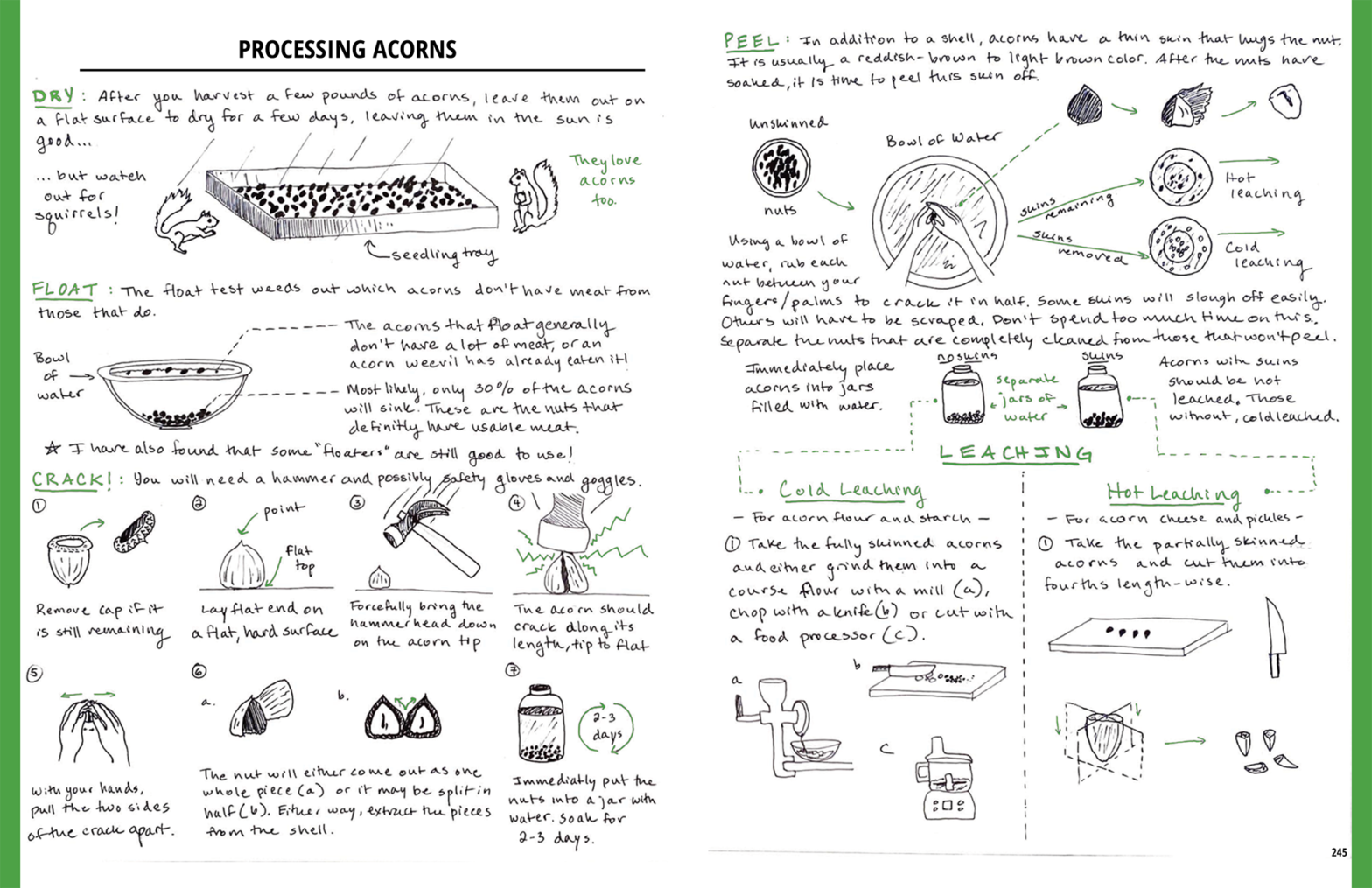July 2021 Ι Landscape Architecture Magazine
“Agriculture represents the largest anthropogenic land use in the world” says Forbes Lipschitz, and thus a critical venue for landscape design. Yet agriculture remains critically under-researched in landscape architecture. Last fall, instead of directly tackling agriculture systems with design prescriptions, Lipschitz, an assistant professor of landscape architecture at The Ohio State University, led a graduate and undergraduate studio closer to home–her kitchen. The resulting publication The Joy of Decommodification: A Cartographic Cookbook, pairs analysis of modern agriculture with 30 researched “recipes for resistance.”
Through mapping and data visualization, the cookbook’s first section depicts the way that agricultural landscapes are increasingly shaped by privatization, resource depletion, labor, over production, and deleterious environmental outcomes, and a steady march of commodification and corporate consolidation, where even the genetic code of seeds are sellable assets. Focusing on the overproduction of soy and corn, this view of the U.S. agricultural sector grounds a critique in the idea that all industrially produced commodities are records of material flows, ecological relationships, and labor relations, many quite asymmetrical and predatory. “As individuals, the moment we sit down to eat something, we are connected to incredibly vast systems that operate at a global scale,” says Lipschitz. “We as individuals can’t change them, and yet [because of] our individual actions these systems exist.”
The second half of the publication highlights student work, and provides recipes that situate dishes in regional foodways and ecologies, giving young designers a chance to subvert the mechanized and anonymous systems by focusing on specific food cultures. There are unheralded ingredients and unfamiliar methods of preparing food, often emanating from Black, Indigenous, and immigrant cultures. And there’s real kitchen lab R&D: students developed nixtamalization processes for black beans and hazelnuts, and came up with experimental recipes that might sit well next to a Michelin star, like hay ice cream and bee pollen cricket granola.
The cookbook’s most direct subversion of the dominion industrial agriculture and corporations have over what we eat comes from foraging for wild food. OSU graduate student Molly McCahan, Student ASLA, developed two processing methods for acorns, transforming the nut of the oak tree into a staple, good for pancakes, a savory jelly confection, and a vegan cheese flavored with sumac or nutritional yeast. Removing bitter tannins from acorns is a painstaking affair that takes a half day at least, but what emerges on the other end is a food that draws the cook into a relationship with wilderness. You’re no longer a “separated viewer looking in on an other,” she says, “you’re an interacting co-creator.”
And a foraging cook’s relationship to nature mirrors that of a landscape architects’, as Lipschitz found plenty of disciplinary parallels between cooking and design. For both, “It’s something that you make, that you iterate, that you experiment with” she says. “You have to think about timing and choreography.”
Lipschitz is upfront that the exercise offers no answers on how to fix the problems the studio addresses, but dish by dish, there are ways to claw back just a bit of the knowledge of our food and how it comes to be. By stepping in and performing the physical, material labor of hand-grinding corn or sprinkling in a fermentation starter, processes that usually happen at the bushel-scale in vast machines, this cookbook offers time to ponder these questions, and most importantly, Lipschitz says, to “think through our own complicity.”
